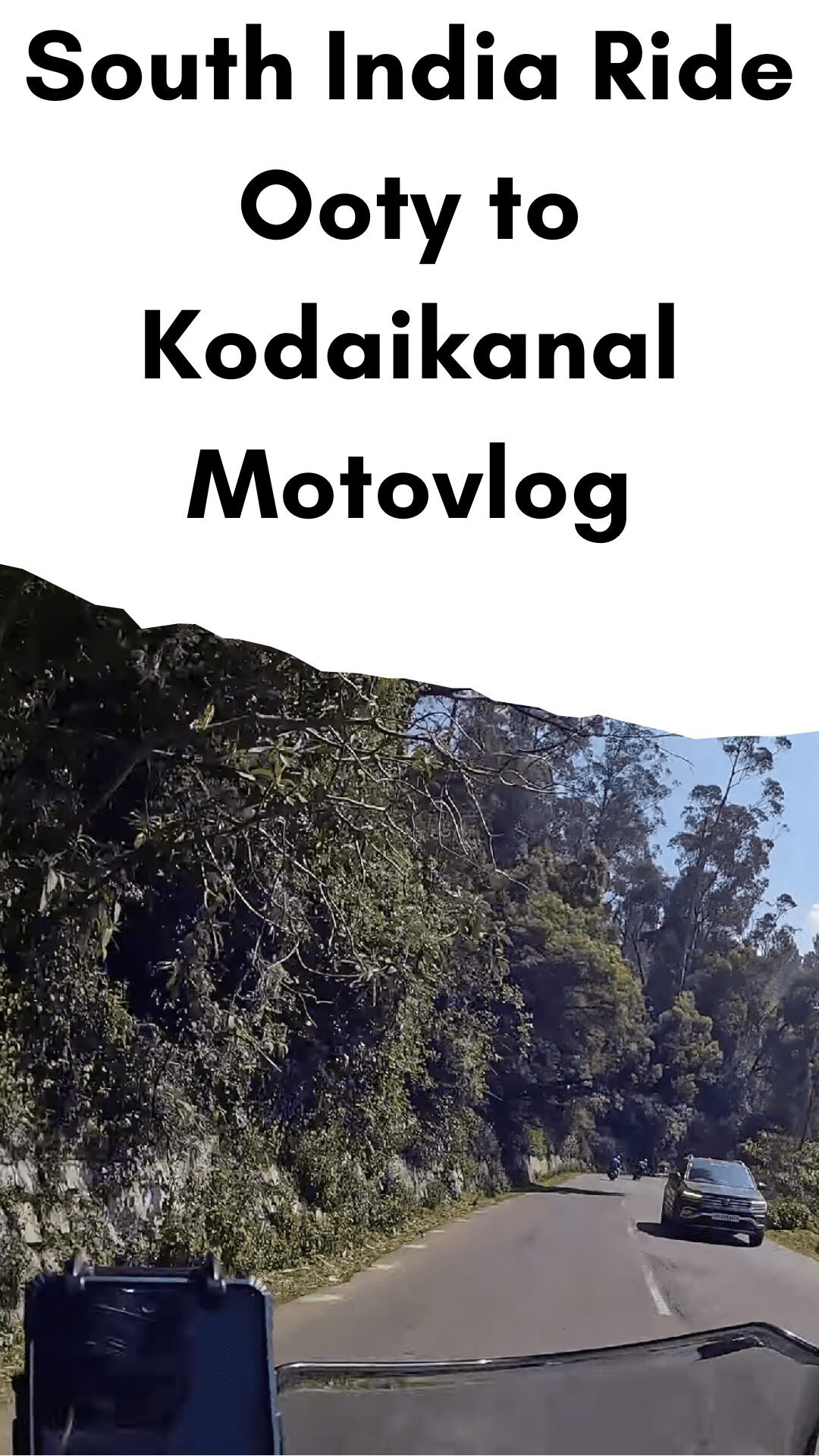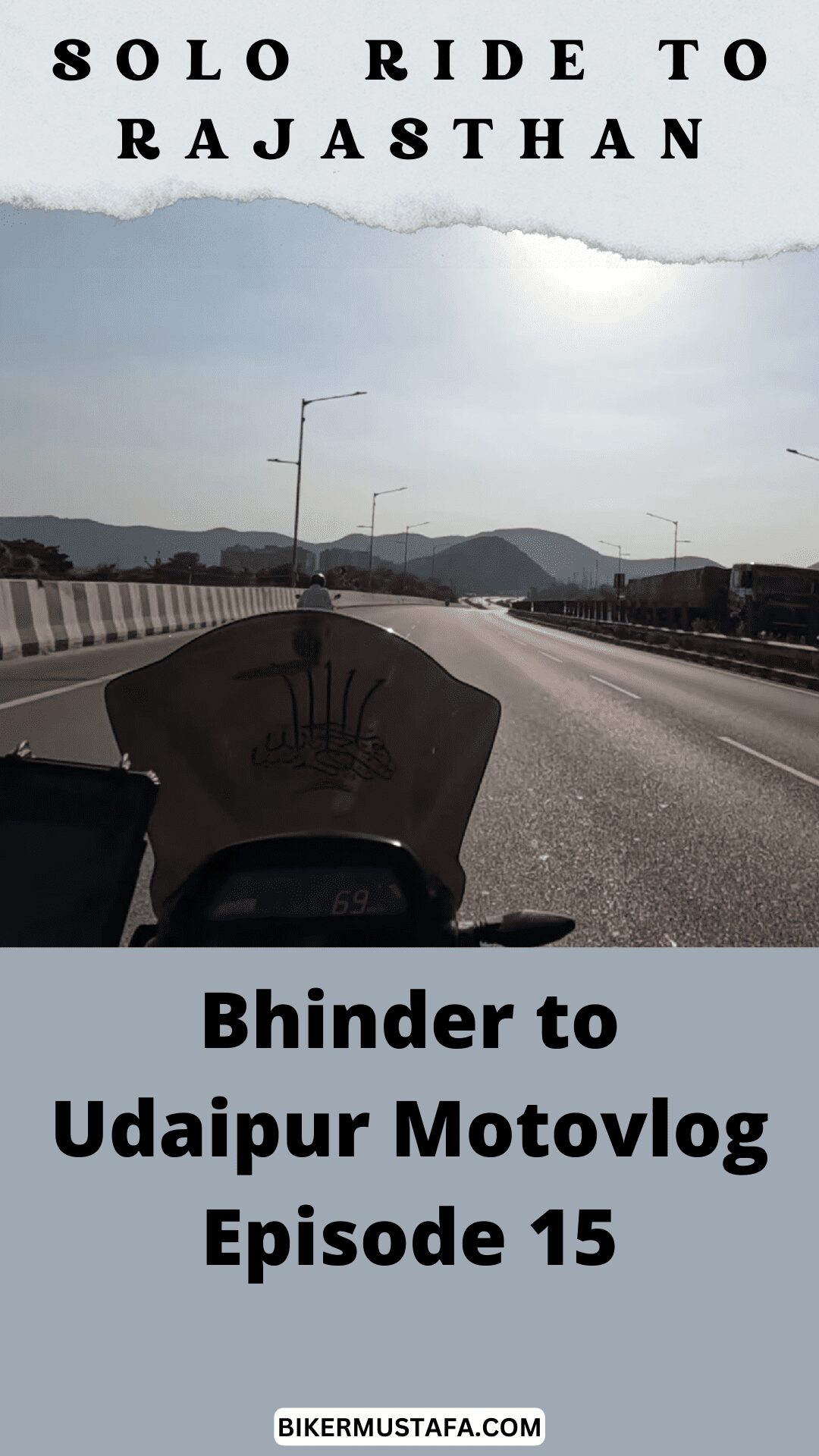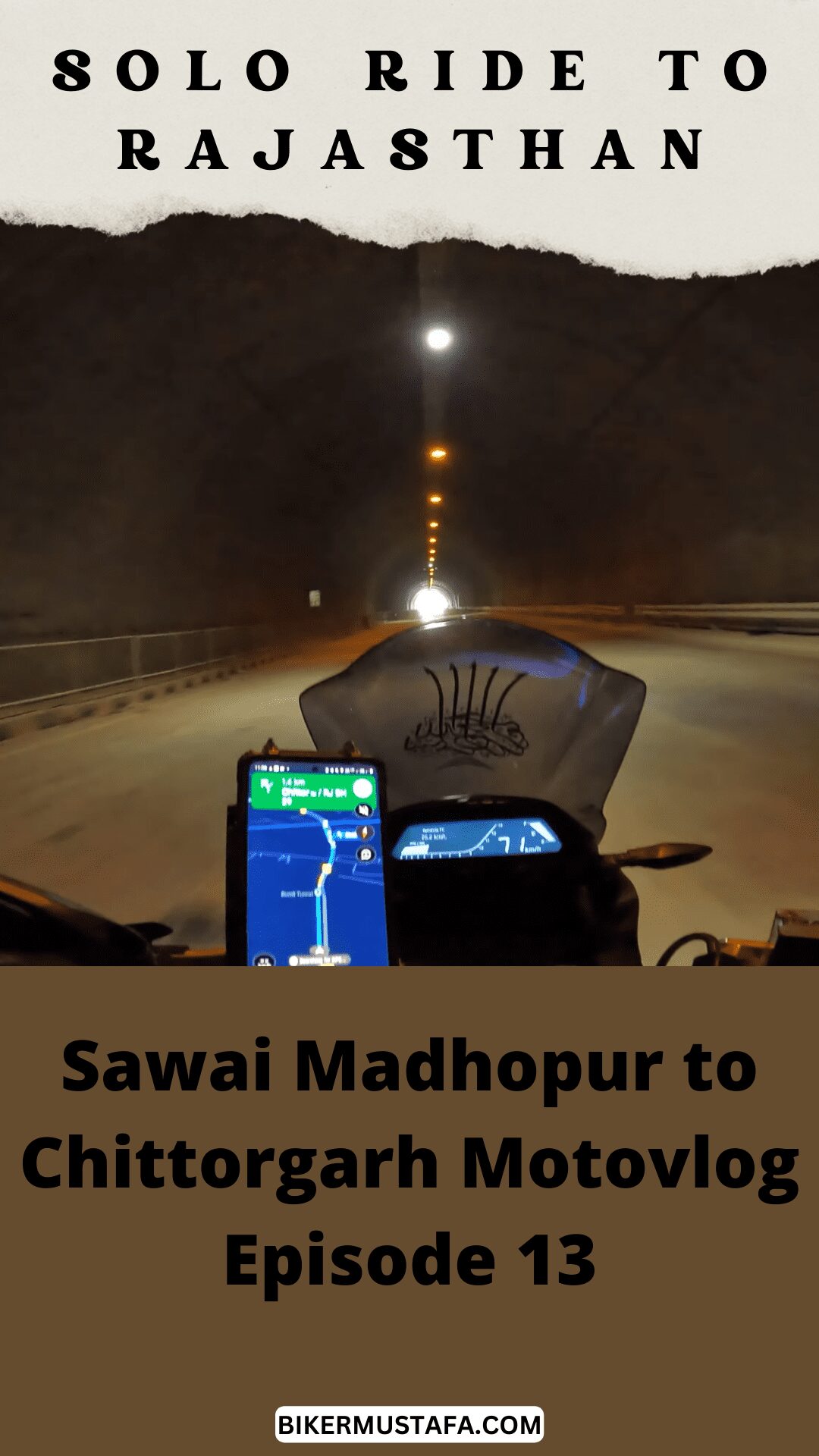South India Ride Ooty to Kodaikanal Motovlog on Dominar 400 UG [S1-Ep11]
ALL ABOUT OOTY
History
Ooty, also known as Udhagamandalam, is a town and hill station in the Indian state of Tamil Nadu. It is in the Nilgiri Hills, 2,240 meters above sea level. The Todas and other tribes like the Kurumbas, Badagas, and Irulas used to live on the land that is now Ooty. At the beginning of the 17th century, the Kingdom of Mysore and then the British East India Company were in charge of it. The British were the ones who made Ooty a popular hill resort and summer holiday spot.
In 1821, John Sullivan, the Governor of Coimbatore at the time, started the town of Ooty. He was struck by the place’s natural beauty and made it his summer residence. Soon, the town became popular for British tourists to visit, and the British built many beautiful buildings and churches there. The UNESCO World Heritage Site Nilgiri Mountain Railway was also created during this time. It linked Ooty to the rest of the country.
During India’s independence struggle, Ooty became a center for the Indian National Congress and other freedom fighters. The town played an important role in the Quit India Movement of 1942. After India gained independence in 1947, Ooty became part of the Madras State and Tamil Nadu.
Even now, Ooty is popular with tourists because of its beautiful scenery, nice weather, and tea plantations. People often call it the “Queen of Hill Stations” and come worldwide to visit.
Geography
Ooty is a popular hill station in the southern Indian state of Tamil Nadu. It is in the Western Ghats. It is 2,240 meters above sea level and about 36 square kilometers in size. The town is bordered by lush forests, tea plantations, and rolling hills, making it an idyllic location for nature enthusiasts.
The main geographical feature of Ooty is the Nilgiri Hills, which are part of the Western Ghats. These hills are home to many different kinds of plants and animals, some of which are rare or endangered. Doddabetta, the highest summit in the Nilgiri Hills, is 2,637 meters above sea level and provides panoramic views of the surrounding hills and valleys.
Tea plantations are another interesting thing about Ooty’s location. The town is known for producing high-quality tea, exported to many parts of the world. The tea plantations are spread over large areas of land, making visitors feel calm and peaceful.
There are also some lakes and waterfalls in Ooty, which add to the area’s natural beauty. The Ooty Lake is the most well-known lake in Ooty. John Sullivan made it in 1824. Visitors can rent boats and go boating on the lake surrounded by eucalyptus trees. Some major lakes in Ooty are the Emerald Lakes and the Avalanche Lake.
In the end, the landscape of Ooty comprises hills, tea plantations, lakes, and waterfalls. The town is a popular tourist spot in India because of its natural beauty and nice weather.
Climate
According to the Koppen climate classification, the climate of Ooty is classified as subtropical highland or Cwb. The climate is pleasant and cool throughout the year, with average temperatures between 5°C and 20°C. The town experiences heavy rainfall from June to September during the monsoon season.
The winter season in Ooty extends from November to February, and temperatures during this period can drop to as low as 5°C. The town experiences occasional frost this season, and visitors must wear warm clothing. The summer season in Ooty spans from March through June, and temperatures fluctuate between 15°C and 20°C, making it a perfect time to visit.
From June through September, the town of Ooty experiences considerable rainfall during the monsoon season. Due to the excessive rain, there are better times to visit, as landslides and obstacles may develop. The post-monsoon months of October and November are ideal, as the temperature is nice and the city is covered with lush vegetation.
In conclusion, Ooty has a nice and cool climate throughout the year, with temperatures between 5°C and 20°C. Visitors are advised to avoid the town during the monsoon season because of the heavy rainfall. The winter and post-monsoon seasons are the best times to visit because the weather is pleasant, and the city is surrounded by lush vegetation.
Culture
Ooty’s cultural heritage is shaped by the various tribes and communities that inhabited the area over the centuries. Several tribal communities, like the Todas, Kurumbas, and Irulas, each with distinctive customs and traditions, reside in the city.
The town also has a considerable British influence, as it was created as a popular hill resort and summer vacation during the British Raj. The British constructed numerous impressive buildings and churches in Ooty that are still popular tourist destinations.
Moreover, Ooty is noted for its lively festivals and fairs, which showcase its vast cultural mix. The annual Ooty Flower Show, held in May, is a major attraction and features many flowers and plants. The tea and tourism festival, held in January, highlights the town’s tea plantations and is a key lure for travelers.
Things To Do In Ooty
Ooty is renowned for its natural beauty, mild climate, and tea plantations. The city has a variety of activities and attractions for visitors, including:
The Government Botanical Garden:
Is a prominent tourist destination in Ooty and is home to various exotic plants and trees. Visitors can stroll through the garden and admire the gorgeous plant and flower displays.
Visit the tea plantations:
Ooty is renowned for its expansive tea plantations, which provide a tranquil and relaxing ambiance. Guests can take a guided tour of the estates and learn about the tea production process.
The Nilgiri Mountain Railway:
Connects Ooty with the rest of the country and is a UNESCO World Heritage Site. The train trip provides visitors with breathtaking views of the surrounding hills and valleys and is a must-do experience.
Visit the Doddabetta Peak:
The Doddabetta Peak is the highest point in the Nilgiri Hills and gives panoramic views of the surrounding hills and valleys. Visitors can walk to the peak’s summit and enjoy the breathtaking views.
The annual Ooty Flower Show is a major attraction that showcases a vast array of flowers and plants. Visitors can appreciate the stunning floral arrangements and participate in numerous contests and events.
Conclusion
Ooty is a well-known hill station in the southern region of India. The city is famous for its natural beauty, temperate climate, and tea plantations. It provides a variety of activities and sights, such as seeing the tea estates, riding the Nilgiri Mountain Railway, and visiting Ooty Lake. Ooty’s rich cultural legacy, vibrant festivals, architecture, and religious buildings are prominent tourist attractions and exhibit the region’s unique cultural past. Ooty is a must-visit tourism destination for individuals in search of natural beauty, cultural diversity, and a nice climate.
People Also Ask:
Where to visit in Ooty in 3 days?
Day 1: Toda Hamlet/School Mud, Pine Tree Forest, Wenlock Downs, 9th Mile, 6th Mile, Kamraj Sagar Dam, Pykara Lake/Boat House, Pykara Waterfalls, and so forth.
Day 2: Ooty Botanical Gardens, Doddabetta Hill, Sim’s Park, Coonoor Tea Estate, Lamb’s Rock, Dolphin’s Nose.
Day 3: Ooty Lake, Rose Garden, Wax World, Stone House.
What are the fruits and vegetables in Ooty?
Ooty’s good soil and suitable climate make it ideal for cultivating various fruits and vegetables. The following are some of the most popular fruits and vegetables are grown in Ooty:
Apples, Peaches, Pears, Plums, Kiwis, Strawberries, Grapes, Oranges, and Lemons are examples of fruits.
Vegetables:
Carrots, potatoes, cabbage, cauliflower, broccoli, tomatoes, peppers, beans, peas, and spinach.
Ooty is well-known for its tea plantations and spices like cardamom and pepper. The region’s abundant soil and hospitable climate make it a perfect location for cultivating various crops, making it an important agricultural area in India.
Best time to visit ooty
The best months to visit Ooty are between October and June, during the winter and summer. The weather is comfortable, and temperatures range from 5°C to 25°C during these months, making it a good time for touring and outdoor sports.
The winter season begins in October and continues until February. Cool temperatures and occasional precipitation characterize this time of year. This is an excellent time to explore the foggy hills and tea plantations.
The months of March through June make up the summer season. During this season, the flowers are in full bloom, and you can also visit the botanical garden to see the gorgeous exhibits. The weather during this season is great for outdoor activities such as trekking, hiking, and camping.
Monsoon season begins in July and lasts until September. During this season, the region receives severe precipitation, and the weather becomes unpredictable, making exploring the hills and participating in outdoor activities impossible.
The best time to visit Ooty is between October and June, during the winter and summer seasons when the weather is nice, and the temperature is suitable for outdoor activities.
Recommended Articles:
South India Ride Kanyakumari to Rameswaram on Dominar 400 UG Motovlog
South India Ride Rameshwaram to Pondicherry Motovlog
South India Ride Motovlog Ends Pune to Mumbai





3 thoughts on “South India Ride Ooty to Kodaikanal Motovlog”